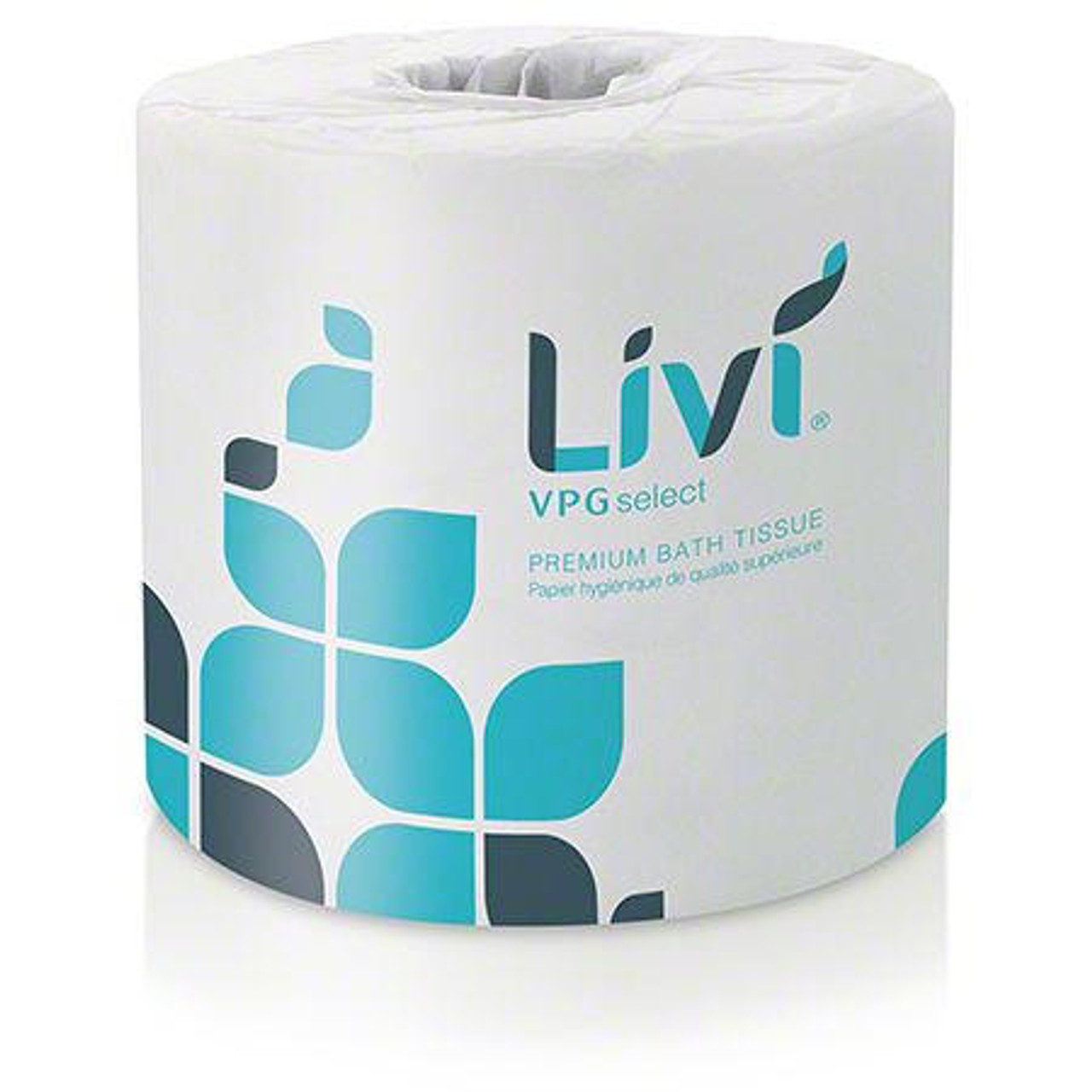Introduction
Choosing the right paper for your project can make a significant difference in its overall appearance and impact. Whether you’re designing a brochure, creating wedding invitations, or printing photographs, understanding the various types of paper available and their specific uses is essential. In this guide, we will explore the art of choosing paper, providing you with valuable insights and tips to help you make informed decisions that will enhance the quality and success of your projects.
1. Understanding the Importance of Choosing the Right Paper
When it comes to any form of written communication, whether it’s a letter, a resume, or a marketing brochure, the type of paper you choose can make a significant impact. The right paper not only enhances the overall appearance but also conveys a sense of professionalism and attention to detail. This guide will help you navigate through the various paper types available and their specific uses.
2. Bond Paper
Bond paper is a popular choice for everyday printing needs. It is lightweight, smooth, and affordable. This type of paper is commonly used for printing documents, letters, and reports. It is suitable for both laser and inkjet printers.
3. Cardstock
Cardstock is a thicker and sturdier paper that is ideal for projects that require durability. It is commonly used for business cards, postcards, invitations, and brochures. The weight of cardstock is measured in pounds, with higher numbers indicating thicker paper.
4. Glossy Paper

Glossy paper has a shiny and reflective surface that enhances the vibrancy of printed images. It is commonly used for printing photographs, marketing materials, and high-quality presentations. The glossy finish gives a professional and polished look to any printed material.
5. Matte Paper
Matte paper has a non-reflective surface, which makes it ideal for documents that require readability without glare. It is commonly used for printing text-heavy materials such as books, manuals, and academic papers. Matte paper provides a smooth and elegant finish.
6. Recycled Paper
Recycled paper is an environmentally friendly option that is made from post-consumer waste. It is available in various types, including bond, cardstock, and specialty papers. Recycled paper is suitable for a wide range of applications, from everyday printing to business stationery.
7. Specialty Paper
Specialty paper refers to a wide range of papers that are designed for specific purposes. Some examples include parchment paper, vellum paper, and metallic paper.
Summary
When it comes to paper, one size does not fit all. Different projects require different types of paper to achieve the desired outcome. This guide aims to demystify the world of paper by explaining the characteristics and uses of various paper types commonly found in the market.
We will delve into the differences between coated and uncoated paper, discussing their respective advantages and ideal applications. Additionally, we will explore specialty papers such as textured, metallic, and handmade papers, uncovering their unique qualities and when they are most suitable.
Understanding paper weight and thickness is also crucial, as it affects the durability and perception of your printed materials. We will provide a comprehensive overview of paper weights and their common uses, ensuring you select the appropriate weight for your specific project.
Furthermore, we will discuss the importance of considering environmental factors when choosing paper, including recycled and sustainable options that align with your eco-conscious values.
By the end of this guide, you will have a solid understanding of the different paper types available, their specific uses, and how to make informed decisions that align with your project goals. Whether you’re hop over to these guys a designer, artist, or simply someone looking to print something special, this guide will empower you to choose the perfect paper for your needs.
- Q: What are the different types of paper?
- A: There are various types of paper available, including bond paper, glossy paper, matte paper, cardstock, and recycled paper.
- Q: What is bond paper used for?
- A: Bond paper is commonly used for everyday printing needs such as documents, letters, and forms.
- Q: When should I use glossy paper?
- A: Glossy paper is ideal for printing high-quality photos and images as it provides a shiny finish that enhances colors and details.
- Q: What is matte paper suitable for?
- A: Matte paper is great for printing documents that require readability without any glare, such as presentations, brochures, and resumes.
- Q: What are the advantages of using cardstock?
- A: Cardstock is a thicker and sturdier paper that is perfect for creating business cards, invitations, postcards, and other printed materials that need to be more durable.
- Q: Why choose recycled paper?
- A: Recycled paper is an eco-friendly option that helps reduce waste and conserve natural resources. It can be used for various purposes, including printing documents and creating crafts.
- Q: Can I use any type of paper in my printer?
- A: It is important to check your printer’s specifications to ensure compatibility with the type of paper you plan to use. Some printers may have limitations on paper weight or finish.
- Q: Where can I buy different types of paper?
- A: You can purchase paper from office supply stores, stationery shops, or online retailers. Make sure to choose a reputable seller that offers a wide selection of paper types.
- Q: How should I store paper to maintain its quality?
- A: To preserve the quality of your paper, store it in a cool, dry place away from direct sunlight and moisture. Keep it flat or in a protective container to prevent bending or wrinkling.
- Q: Can I recycle paper after use?
<dd

Welcome to my website! My name is Mason Ringrose, and I am a passionate and dedicated professional Print Management Software Developer. With a strong background in advanced printing technologies, 3D printing innovations, and sustainable printing, I am excited to share my knowledge and expertise with you.

